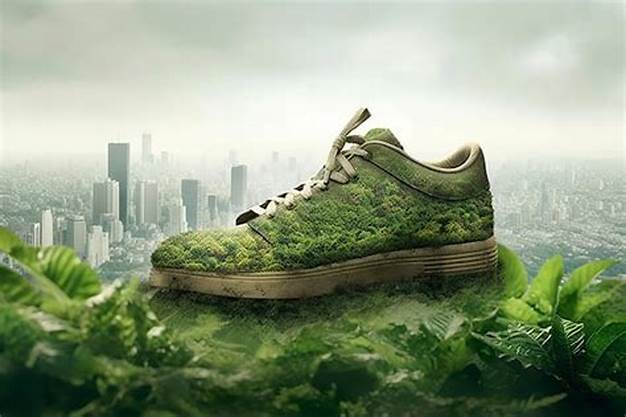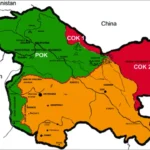In an era where climate consciousness is reshaping consumer habits, the sportswear industry is undergoing a significant transformation. Leading apparel brands and material scientists are pioneering the use of plant-based stretch fabrics as a sustainable alternative to traditional synthetic fibers like elastane and spandex. These innovations mark a turning point in how athletic wear is designed, produced, and worn.
🌱 The Environmental Problem with Conventional Stretch Fabrics
For decades, spandex and elastane have been integral to performance apparel, offering flexibility, shape retention, and comfort. However, these materials are petroleum-based and non-biodegradable, contributing significantly to microplastic pollution and landfill waste. A growing demand for eco-conscious clothing has pushed companies to explore renewable and biodegradable alternatives that do not compromise on performance.
🌿 Enter Plant-Based Elastics: A Greener Alternative
At the forefront of this movement is the emergence of plant-derived elastic fibers. Materials like natural rubber, castor oil-based polymers, and wood pulp cellulose are now being engineered into stretch fabrics that rival the elasticity and durability of synthetics.
One of the standout innovations is Coreva™, a stretch fabric made using organic cotton wrapped around a natural rubber core. Created by the Italian denim company Candiani, Coreva is a revolutionary fabric that contains no plastic, breaks down naturally, and can be composted in industrial settings—setting a new standard for sustainable activewear and fashion.
Similarly, Yulastic™, derived from renewable castor beans, is gaining traction for its lightweight and moisture-wicking properties, making it ideal for yoga apparel, running gear, and athleisure.
👟 Major Brands Join the Sustainable Fabric Movement
Leading athletic brands like Nike, Adidas, and Patagonia are significantly increasing their investments in sustainable research and development initiatives. Adidas recently launched prototypes using biodegradable stretch yarns for its performance leggings, while Nike’s innovation lab is experimenting with algae-based elastomers.
Startups like Pangaia and Allbirds are also leading the charge, using plant-based alternatives in everything from sports bras to cycling shorts, proving that high-performance and sustainability can go hand in hand.
🌍 Market Demand and Eco-Conscious Consumers
The global demand for sustainable apparel is surging, particularly among Gen Z and millennial consumers, who prioritize environmental impact in their purchasing decisions. According to a 2025 report by Grand View Research, the eco-activewear market is projected to reach $12 billion by 2027, driven largely by innovations in biodegradable and low-carbon materials.
Consumers are increasingly scrutinizing product labels, demanding transparency in sourcing and production. Brands that incorporate plant-based stretch fabrics are not only reducing their ecological footprint but also building trust and loyalty among a sustainability-focused audience.
🧪 Challenges and Future Outlook
Although progress is being made, expanding the use of plant-based stretch fabrics remains a significant hurdle. Cost, supply chain limitations, and durability testing remain hurdles before these materials become mainstream. However, ongoing advancements in bioengineering and circular textile recycling offer promising solutions.
Organizations like the Textile Exchange and Fashion for Good are fostering collaboration between startups, researchers, and apparel manufacturers to accelerate the adoption of sustainable fabrics globally.
🏃♀️ A New Era of Performance Wear
The shift to plant-based stretch fabrics is not merely a trend—it’s a fundamental change in how performance apparel is conceived and produced. As technology evolves and awareness deepens, sustainable sportswear is set to become the new norm, aligning fashion with functionality and environmental stewardship.





